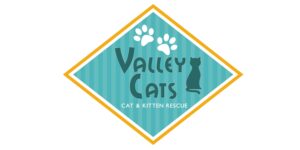Cat Care & Behavior Resources
Below are links to articles and resources that can help educate about cats and kittens and many health and behavioral issues that may arise.
However, your best resource is your veterinarian, who best knows your pet’s health history, behavior, nutritional needs and personality.
IF YOU HAVE AN EMERGENCY: contact the Blue Pearl Pet Hospital, which is open 24 hours a day, 7 days a week. They are located at 4706 New Horizons Blvd, Appleton, WI 54914. Phone: (920) 993-9193.
Check out the Best Friend’s Pet Care Library, which includes preparing your pet for a new baby, finding pet-friendly housing, what to do when you find a stray or your pet is lost, and many other wonderful topics: https://www.bestfriends.
Feline Health Topics from Cornell Feline Health Center
https://bestfriends.org/
https://bestfriends.org/Resources/FAQs-About-Feline-Immunodeficiency-Virus-FIV/
https://www.vet.cornell.edu/FHC/health_resources/brochure_fiv.cfm
• Cats need enough boxes: rule is 1 litterbox per cat, plus 1
• Cats do not like to use dirty litterboxes
• Many cats do not like scented litter or when you change litter brands (if you do, do it gradually by mixing old with new)
• Do not change the location of the litterboxes• Size of box should be appropriate for size of cat (larger cats need larger boxes with higher sides or covered boxes!)
• If kitty does not like current kind of litter, consider an alternative litter (often healthier for you and your cat!) Some litters include: wheat litters (Sweat Scoop), corn litters (World’s Best Cat Litter, Poulty Layer at Fleet Farm), newspaper litters (Yesterday’s News), pine litter (Feline Pine) – mot of these are better for your health and the environment, are flushable and have very little dust!
• If problems persist, a health issue could be behind your kitty not using the box; please consult your veterinarian.
Declawing Infographic Poster (Above) – Download here as: Word doc – PDF – jpeg image
The Facts About Ringworm Infographic
Download the Facts About Ringworm and Cats handout as a PDF here



